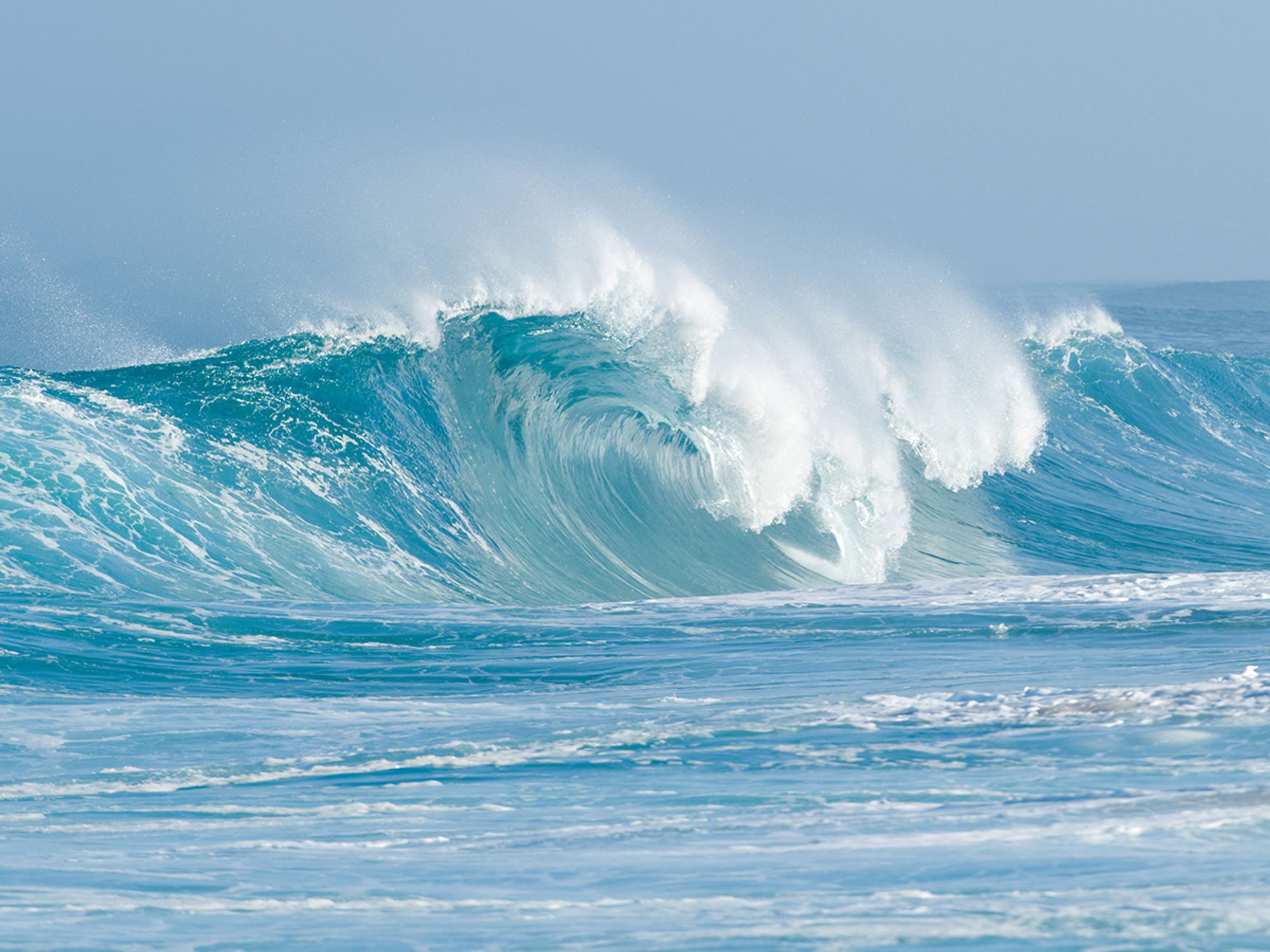Other hydro

- A two-way tidal power system produces electricity from the arriving and outgoing tides.
- One way to channel wave energy is to focus waves into a thin channel to expand their size and power and to turn the turbines that produce electricity.
Tidal
The United States has no commercially functioning tidal energy power plants, but there are a few demonstration projects that are in different developmental stages. One kind of tidal energy system uses a structure comparable to a dam called a barrage. The barrage is placed across an inlet of a coastal bay or lagoon that makes a tidal basin. Sluice gates on the barrage control water levels and flow rates. The gates help the tidal basin fill during high tides and drain through a turbine system during the outgoing ebb tide. A two-way tidal power system produces electricity from the arriving and outgoing tides. Tidal turbines are like wind turbines in that they have various blades that move a rotor to charge a generator. They can be positioned on the sea floor where the tidal flow is powerful. Since water is roughly 800 times denser than air, tidal turbines need to be heavier than wind turbines. Tidal turbines are more costly to develop than wind turbines but can obtain greater energy with the exact same size blades.
Waves
Waves develop as wind sweeps over the surface of open water. Ocean waves hold large amounts of energy. The speculative annual energy potential of waves off coastal U.S. is thought to be as great as 2.64 trillion kilowatt-hours, or equal to roughly 64 percent of the total U.S. electricity production in the year 2019. Many various techniques and technologies for obtaining and converting wave energy to electricity are under way. These techniques include putting devices on or just under the surface of the water and securing devices to the ocean floor.
One way to channel wave energy is to focus waves into a thin channel to expand their size and power and to turn the turbines that produce electricity. Additionally, waves can be channeled into a reservoir where the water moves to a turbine at a smaller elevation, like the way a hydropower dam works.
